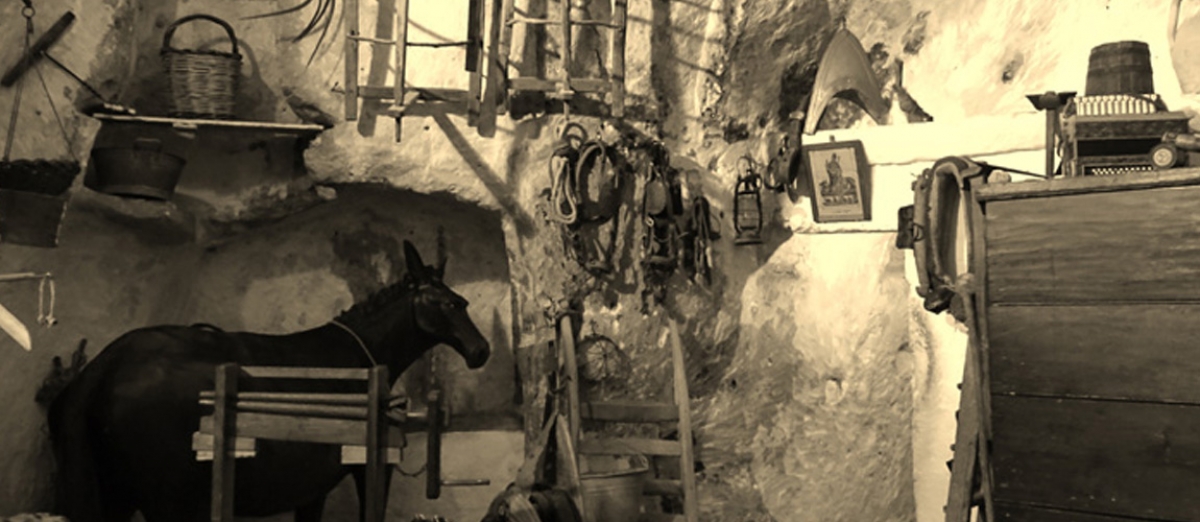The unique charm of this city firstly derives from its ancient origins. Traces of entreched villages dating back to about 10.000 yars ago are still visible on the Murgia plateau around Matera.
The first significant archaeological fidings, dating back to Neolithic and Paleolithic, were discovered by the senator Domenico Ridola. Such findings (polished stones, bones tools, necropolis with cremation burials) are now kept and displayed in the National Archaeological Museum ‘Domenico Ridola’.
Numerous different peoples invaded and governed Matera over the centuries (the Goths, the Lombards, the Saracens, the Normans, the Swabians, the Angevins and the Aragonese). However, among the most fierce and bloody events of the city's history is the episode of the revolt of citizens against the brutal tyranny of the Count Gian Carlo Tramontano, the man who commissioned the construction of the yet unfinished castle with round towers located on top of a hill, in a dominant position.
The Sassi district had always been inhabited by poor people and, due to the high demographic growth the town experienced from the XIX Century, the state of poverty and the sanitary conditions had dramaticaly declined. In 1948 Matera was stigmatised as ‘the shame of Italy’. The issue of Carlo Levi's book ‘Cristo si è fermato a Eboli’ (Christ stopped at Eboli) represented the first step towards the rise of the city: the book drew the attention of politicians and intellectuals to the state of extreme poverty and backwardness of Lucania region at that time.
Thanks to that indictment, the Italian government approved the ‘De Gasperi’ act, in 1952, for the evacuation of the Sassi district. After about thirty years, the government approved a second act aimed at preserving and increasing the value of the rock scenery. Since then, The Sassi of Matera have gradually come back to life. Today, the district is teeming with peculiar hotels, B&Bs and typical restaurants. In the current context, it is advisable to visit the ‘Casa Grotta’ which is the typical cave dwelling where paesants had been living up to 1960s, furnished with authentic implements and pieces of furniture of the time.
City History
Image Gallery
View the embedded image gallery online at:
http://www.dreamingmatera.com/index.php/en/matera/city-history#sigProGalleria43013331ab
http://www.dreamingmatera.com/index.php/en/matera/city-history#sigProGalleria43013331ab


